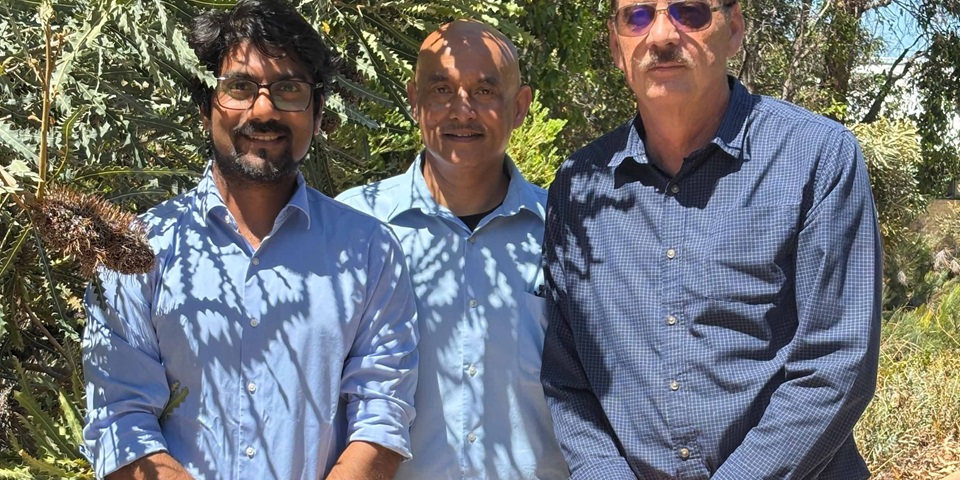News
Innovative Research Tackles Toxic Dye Pollution: A Collaborative Effort for Sustainable Fashion

In a ground-breaking initiative, Murdoch University has joined forces with the University of Massachusetts Boston, and Indian and Chinese collaborators to address the pressing issue of toxic dye pollution produced by Fast Fashion in the textile industry.
This collaborative research aligns with the United Nations Sustainable Development Goals (SDGs), particularly Goal 6, which aims to ensure the availability and sustainable management of water and sanitation for all.
The textile industry, known for its significant environmental footprint, has long been a major contributor to water pollution. The dyeing process releases a plethora of toxic chemicals into water bodies, posing severe risks to aquatic life and human health. Recent studies have highlighted that the industry is responsible for contaminating approximately 200 tons of water for every ton of textiles produced. This alarming statistic underscores the urgent need for innovative solutions to mitigate the environmental impact of textile manufacturing.
One of the key figures in this research is Associate Professor Gérrard Eddy Jai Poinern, a researcher here at Murdoch University in the School of Mathematics, Statistics, Chemistry and Physics. Poinern, his PhD candidate Fahad Halimand and other team members have developed a novel method to synthesize magnetite (Fe3O4) nanoparticles using extracts from the indigenous Banksia Ashbyi leaf. These nanoparticles of magnetite have shown remarkable efficacy in degrading toxic dyes present in textile effluents.
The process involves a green synthesis method that is both eco-friendly and cost-effective, utilizing the natural properties of the Banksia Ashbyi leaf to produce nanoparticles that can break down harmful dye molecules. The research has demonstrated that these nanoparticles, when combined with ultrasonic irradiation, can achieve a dye degradation efficiency of up to 89.92% within just 25 minutes. This innovative approach not only reduces the environmental impact of textile dyeing but also offers a sustainable alternative to conventional chemical treatments, which often involve toxic reagents and generate hazardous by-products.
“Given the urgent need for clean water and purification of wastewater, this nano-magnetite technology developed here at Murdoch offers a green sustainable pathway to achieve this goal and it demonstrates another platform technology that can be adapted in water intensive industries and help these to achieve sustainable objectives,” said Associate Professor Poinern.
Moreover, the application of these nanoparticles extends beyond wastewater treatment. The fashion industry, notorious for its environmental impact, stands to benefit significantly from this technology. By incorporating these nanoparticles into the remediation process, textile manufacturers can greatly minimize their ecological footprint. This aligns with the growing trend towards sustainable fashion, where consumers and brands alike are increasingly prioritising eco-friendly practices.
The collaboration between Murdoch University, University of Massachusetts Boston, and research institutions in India and China exemplifies the power of international cooperation in addressing global environmental challenges. By pooling resources and expertise, these institutions are paving the way for a cleaner, more sustainable future for the textile industry.
This research is a testament to the potential of green chemistry and sustainable technologies in solving some of the world's most pressing environmental issues. As the fashion industry continues to evolve, innovations like these will play a crucial role in shaping a more sustainable and environmentally responsible future.

News
Innovative Research Tackles Toxic Dye Pollution: A Collaborative Effort for Sustainable Fashion
Posted on
Topics